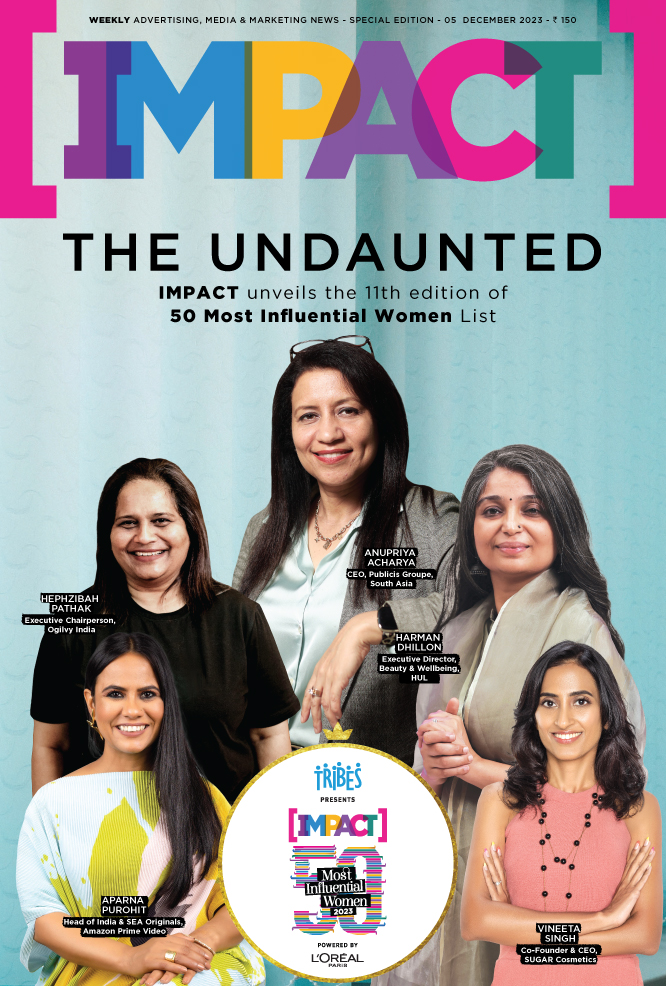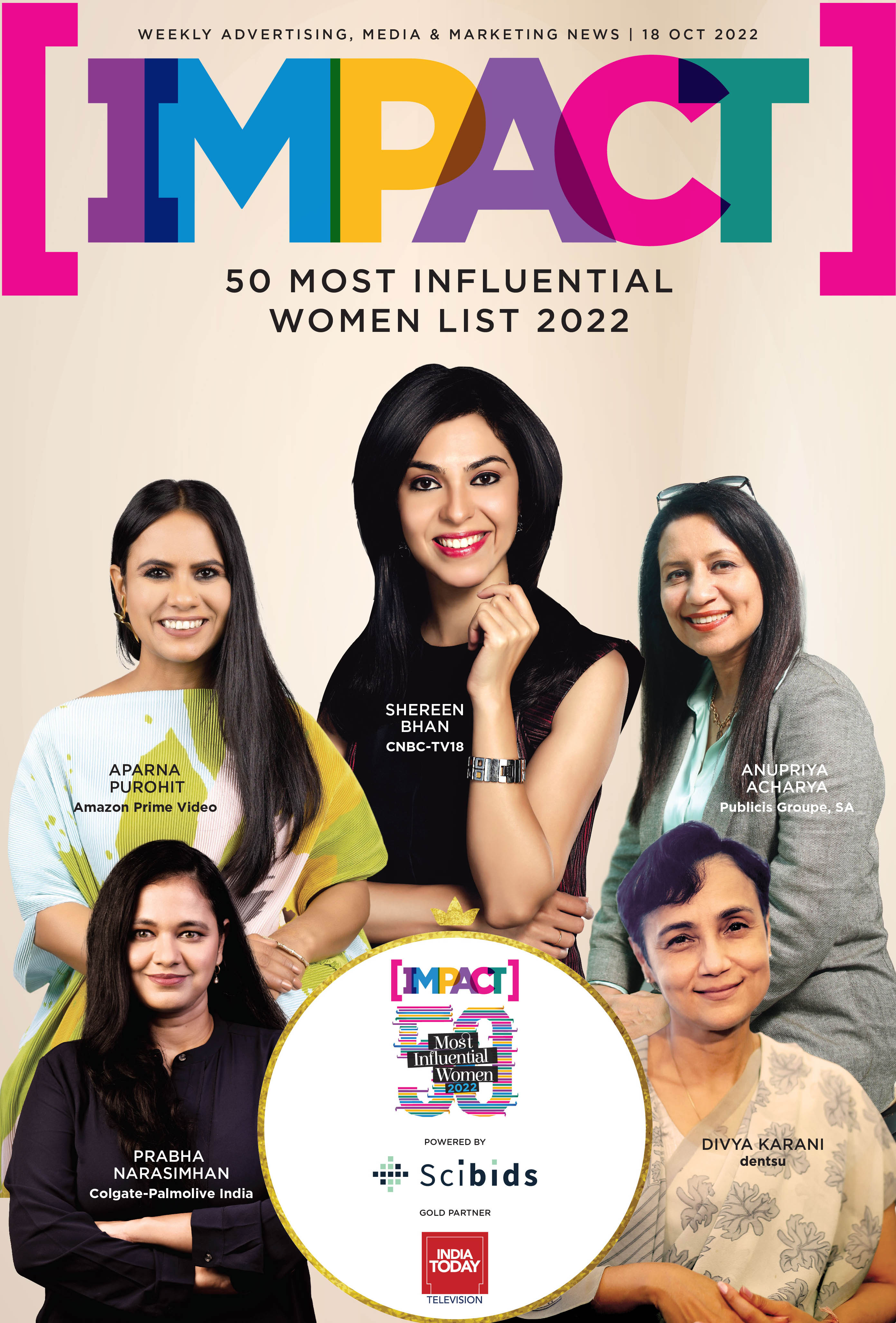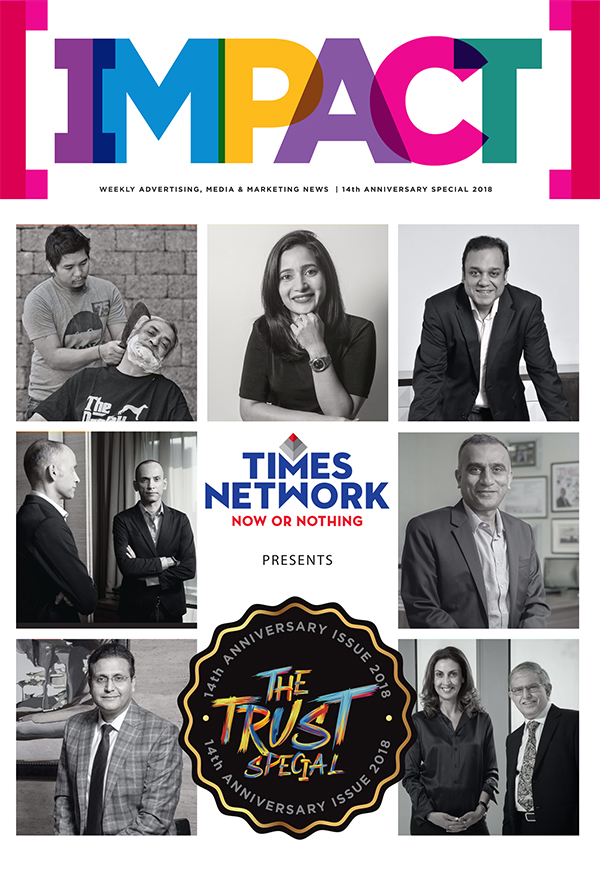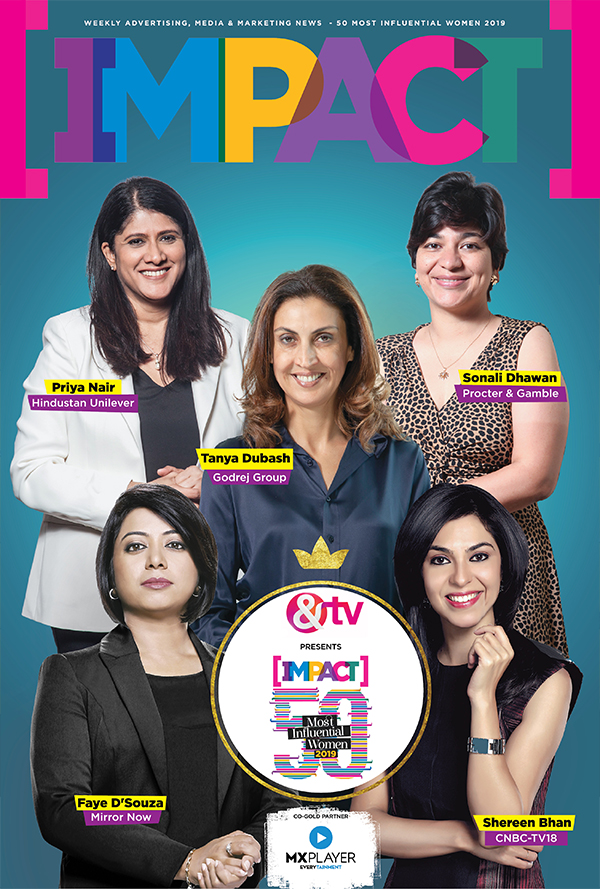The evolution of e-commerce has fundamentally reshaped the FMCG landscape, altering how consumers engage with brands and how businesses respond to these evolving demands. Over the past decade, we have witnessed a significant shift from traditional retail models to digital platforms, which has only intensified with the rise of quick commerce. In this rapidly changing environment, it’s essential to grasp the underlying trends and strategies that FMCG brands must adopt to stay ahead.
The Digital Marketplace
E-commerce has evolved from a niche sector into a vital part of the retail ecosystem. Initially, it served as an alternative for consumers who prioritised convenience over the tactile experience of shopping in physical stores. However, as technology has advanced, so have consumer expectations. The ability to shop anytime, anywhere, combined with the ease of comparing products and prices online, has driven exponential growth in online shopping.
For FMCG brands, this shift has brought both opportunities and challenges. On one hand, e-commerce has opened up new markets and consumer segments that were previously difficult to reach. On the other, it has required a re-evaluation of supply chain logistics, digital marketing strategies, and customer engagement models. FMCG brands have had to adapt quickly, optimising product listings, enhancing our online presence, and ensuring that our products are as accessible online as they are offline.
Redefining Convenience
The rise of quick commerce marks a significant shift in the retail space. Defined by its promise of ultra-fast delivery, quick commerce meets the growing consumer demand for instant gratification. This trend is particularly impactful in the FMCG sector, where products like snacks, beverages, and everyday essentials are often purchased on impulse or to meet immediate need.
Quick commerce platforms have redefined convenience, promoting brands to reevaluate their distribution strategies.
Data-Driven Decision Making
The shift in consumer behaviour such as the growing preference for online shopping and the demand for faster delivery options, are clear indicators of today’s more informed, connected, and demanding consumer base. These consumers seek value not just in terms of price and quality but also in convenience, expecting brands to consistently meet their expectations.
As we navigate these changing trends, we have noticed that consumers are increasingly looking for experiences, not just products. In response, our digital marketing strategies have become more data-driven, enabling us to personalise our offerings and engage with customers in more meaningful ways.
The Omnichannel Approach
Adapting to these changes demands a comprehensive strategy. This includes leveraging data analytics to gain deeper insights into consumer preferences, optimising our supply chain to meet the demands of quick commerce, and strengthening our digital presence to engage with consumers across multiple touchpoints.
We have also invested in innovation and launching new products that align with the evolving tastes of our customers. Whether it’s healthier snack options or premium offerings, our goal is to stay ahead of the curve by anticipating customer needs and delivering products that truly resonate.
Looking Ahead: The Future of FMCG in a Digital World
As we look at the future, it’s evident that e-commerce and quick commerce will continue to play a significant role in shaping the FMCG industry. Brands that adapt to these changes, embrace digital transformation, and maintain a consumer-centric approach will thrive in this new era of retail.
As a marketer, we remain committed to staying at the forefront of these developments, ensuring that our products are available to consumers whenever and wherever they need them. As we continue to innovate and adapt, we look forward to building on our legacy of trust and quality, delivering the best possible products and experiences to our customers.




























